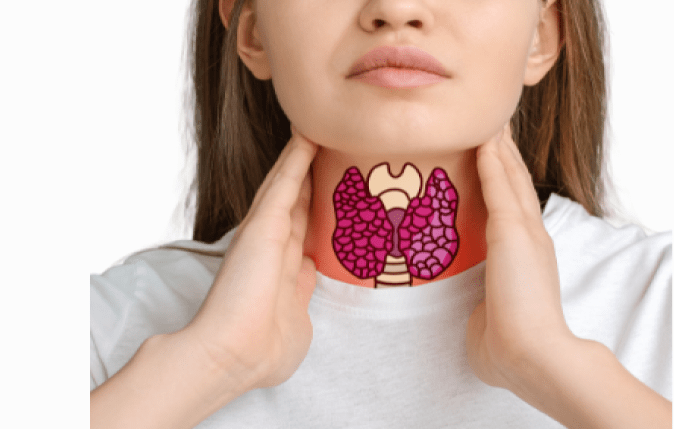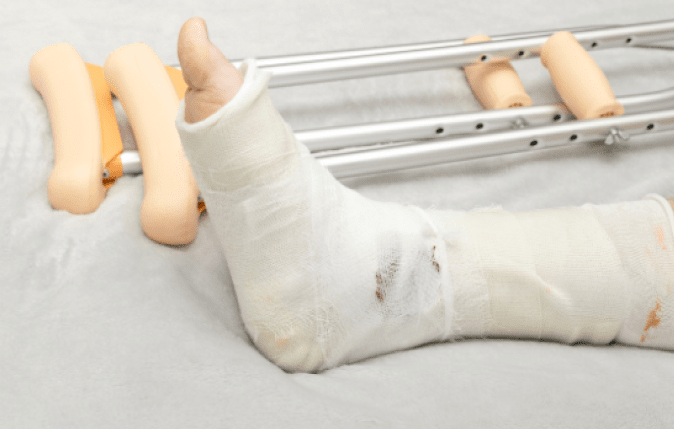Welcome to the vibrant 40s—where experience meets vitality, and an active lifestyle intertwines with wisdom. However, along this adventurous journey, our bodies sometimes remind us of their fragility, especially when it comes to soft tissue injuries. Fear not, for thriving in your 40s involves not just resilience but also savvy management of these common injuries.
Embracing the Active Lifestyle
The 40s often mark a period where many embrace or maintain an active lifestyle. Whether it’s hitting the gym, mastering a sport, or simply staying agile through regular exercise, physical activity remains a priority. However, with this enthusiasm comes a heightened risk of soft tissue injuries—strains, sprains, tendonitis, and more—that can put a damper on your stride.
Understanding Soft Tissue Injuries
Soft tissue injuries involve damage to muscles, tendons, or ligaments. They often occur due to sudden movements, overuse, or inadequate warm-up. Common culprits include:
1. Strains:
- Resulting from the stretching or tearing of muscles or tendons.
- Frequently seen in activities requiring sudden or forceful movements.
2. Sprains:
- Injuries to ligaments, caused by overstretching or tearing.
- Often occur in joints like ankles, knees, or wrists.
3. Tendonitis:
- Inflammation of tendons due to repetitive movements or overuse.
- Typical in activities involving repetitive motions like typing or sports like tennis or golf.
Strategies for Management and Recovery
- R.I.C.E. Method: Rest, Ice, Compression, Elevation. This age-old technique aids in reducing swelling, alleviating pain, and expediting healing.
- Professional Assessment: Seek guidance from a healthcare professional for accurate diagnosis and a tailored recovery plan. Physical therapists, orthopedists, or sports medicine specialists can provide valuable insights.
- Gradual Return to Activity: Patience is key. Rushing back into intense activities can worsen the injury. Gradually reintroduce movements under professional guidance.
- Cross-Training and Strengthening: Engage in low-impact activities that don’t aggravate the injury. Strengthening exercises, especially targeting the injured area, aid in recovery and prevent future injuries.
- Proper Nutrition and Hydration: A balanced diet rich in nutrients helps in tissue repair. Staying hydrated is crucial for maintaining tissue health.
Embracing Preventive Measures
- Warm-Up and Stretching: Prioritize a proper warm-up routine before any physical activity. Dynamic stretches prepare muscles and reduce injury risks.
- Proper Gear and Technique: Ensure appropriate equipment and learn the correct technique for your chosen activity. Ill-fitting gear or improper form can predispose you to injuries.
- Listen to Your Body: Pay attention to warning signs such as persistent pain, swelling, or discomfort. Ignoring these signals might exacerbate the issue.
- Rest and Recovery: Allow your body adequate time to rest and recover between workouts or strenuous activities. Rest is as crucial as exercise for tissue repair and strength.
Embracing a Holistic Approach
Your 40s are a time for holistic wellness. Consider complementing physical care with mindfulness practices, stress reduction techniques, and adequate sleep. A well-rested, relaxed mind aids in the body’s healing process.
Conclusion
Navigating soft tissue injuries in your 40s while maintaining an active lifestyle is a blend of caution, resilience, and proactive care. Remember, these injuries are not setbacks but opportunities to learn more about your body and refine your approach to staying active. With the right balance of prevention, management, and a holistic approach, your 40s can truly be a thriving chapter in your journey toward wellness and vitality.










